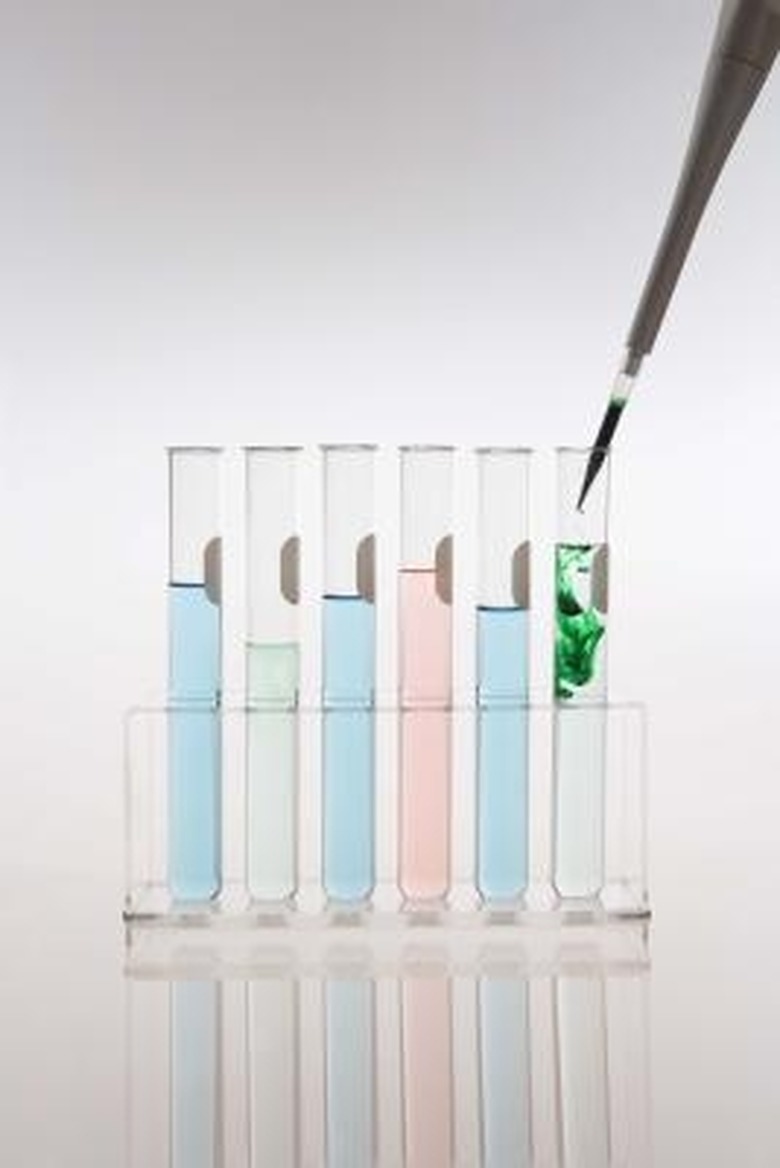How Do pH Buffers Work?
Introduction
It is important to know that a pH buffer is a substance that resists a change in pH when small amounts of an acid or a base are added to it. In other words, it can make an acid less acidic and a base less basic. A pH buffer contains molecules that can bind to other molecules in an acid or a base in order to neutralize them.
Reaction With Acid
Reaction With Acid
When a pH buffer reacts with an acid, molecules in the buffer bind to the loose hydrogen molecules in the acid. Because hydrogen molecules are what make a solution acidic, the removal of these molecules by the buffer reduces the strength of the acidity in the solution.
Similarly, when a pH buffer reacts with a base, molecules in the buffer bind to the loose hydroxide molecules in the acid. Because hydroxide molecules are what make a solution basic, the removal of these molecules by the buffer make the solution less basic.
Importance to the Body
Importance to the Body
Everyone knows that exercise is good for the body. Perhaps less known is the fact that too much exercise can actually harm the body. When you exercise, your body's metabolism increases, producing CO2 and hydrogen in your muscles. Your muscles also use up oxygen. These two processes cause lactic acid to be released into your bloodstream, which can seriously change the pH of your blood. Your blood's pH should ideally remain at 7.4. If it drops below 6.8, the results could be lethal. Understand that pH buffers in your body neutralize the lactic acid, which ensures that your blood's pH remains at a healthy level.
Cite This Article
MLA
Perles, Carrie. "How Do pH Buffers Work?" sciencing.com, https://www.sciencing.com/ph-buffers-work-5007354/. 24 April 2017.
APA
Perles, Carrie. (2017, April 24). How Do pH Buffers Work?. sciencing.com. Retrieved from https://www.sciencing.com/ph-buffers-work-5007354/
Chicago
Perles, Carrie. How Do pH Buffers Work? last modified March 24, 2022. https://www.sciencing.com/ph-buffers-work-5007354/
